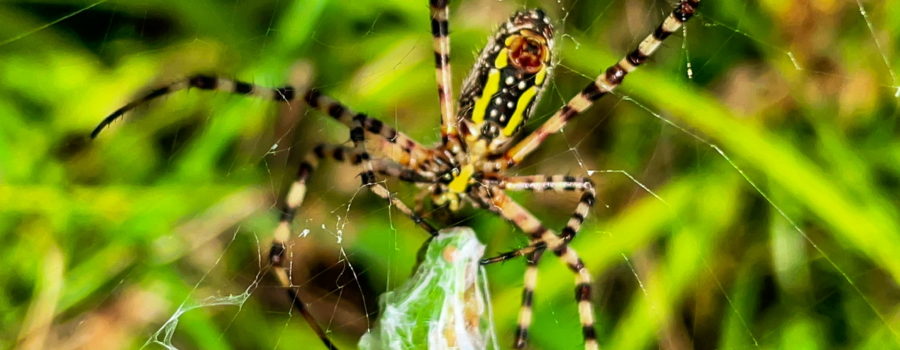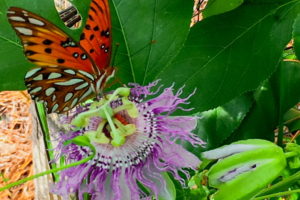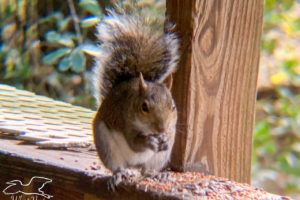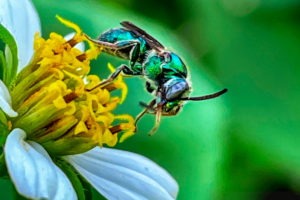Banded Garden Spiders are Great to Have in Your Garden

Last week I had to go into town to get my COVID booster shot and took advantage of the trip to run a few errands, too. I try to do all the errands that I can when I go in since it’s about a twenty mile drive. No popping into the store for a loaf of bread or just a snack when you live in the country. On the way in I noticed some large, pretty, white flowers along the road that I had not been seeing out here. I hadn’t planned to take photos, but I decided to add one more thing to the trip. I spotted a nice patch of them and went ahead and stopped. The safest place to pull over put me about 100 yards from the flowers, so while I walked to them, I kept my eyes out for other interesting things as well. And I was not disappointed!

I found a few interesting things on that short walk (amazing how just a few miles can make a difference in the wild things you will see). There were lots grasshoppers jumping and flying out of the grass with every step I took. One of the smaller ones jumped away from me and was suddenly stopped just before it landed. There was a scurry of commotion that lasted a few seconds and at the end the grasshopper was almost totally wrapped in spider silk. Between the stems of two plants, about six inches off the ground was a large, round, intricate web containing a colorful spider. The poor grasshopper (I do feel kind of bad for scaring it up out of the grass) had hit the web and gotten stuck in it, and amazingly quickly the spider had run from the center of the web, bitten it to paralyze it, and wrapped it in silk. Apparently she wasn’t hungry right then, so she was saving it for a future meal.

The spider responsible for this speedy reaction was a banded garden spider. They are also called banded orb weaving spiders, and banded argiopes. They are related to the other orb weaver spiders, of which there are quite a few including the Mabel orchard orb weaver and the spiny orb weaver spider. Banded orb weavers are a pretty common spider in much of North America. They are a native species from southern Canada, throughout the United States (there is even a subspecies in Hawaii), Central America, and into South America. They have also become naturalized into much of the rest of the world including Africa, Japan, and Australia.

These are great spiders to let live in your garden or your yard for several reasons. Obviously, they are very adept at catching unwanted insects. Besides grasshoppers, they catch flies, mosquitoes, and wasps to name a few. Although their venom can paralyze their prey, they are quite harmless to people or pets. They aren’t at all aggressive and won’t bite unless highly agitated, but even if they do bite it will only cause an itchy welt. And they’re beautiful! I have seen photos of them in a couple of the photography groups that I belong to, so I was excited to get some of my own.






Recent Comments